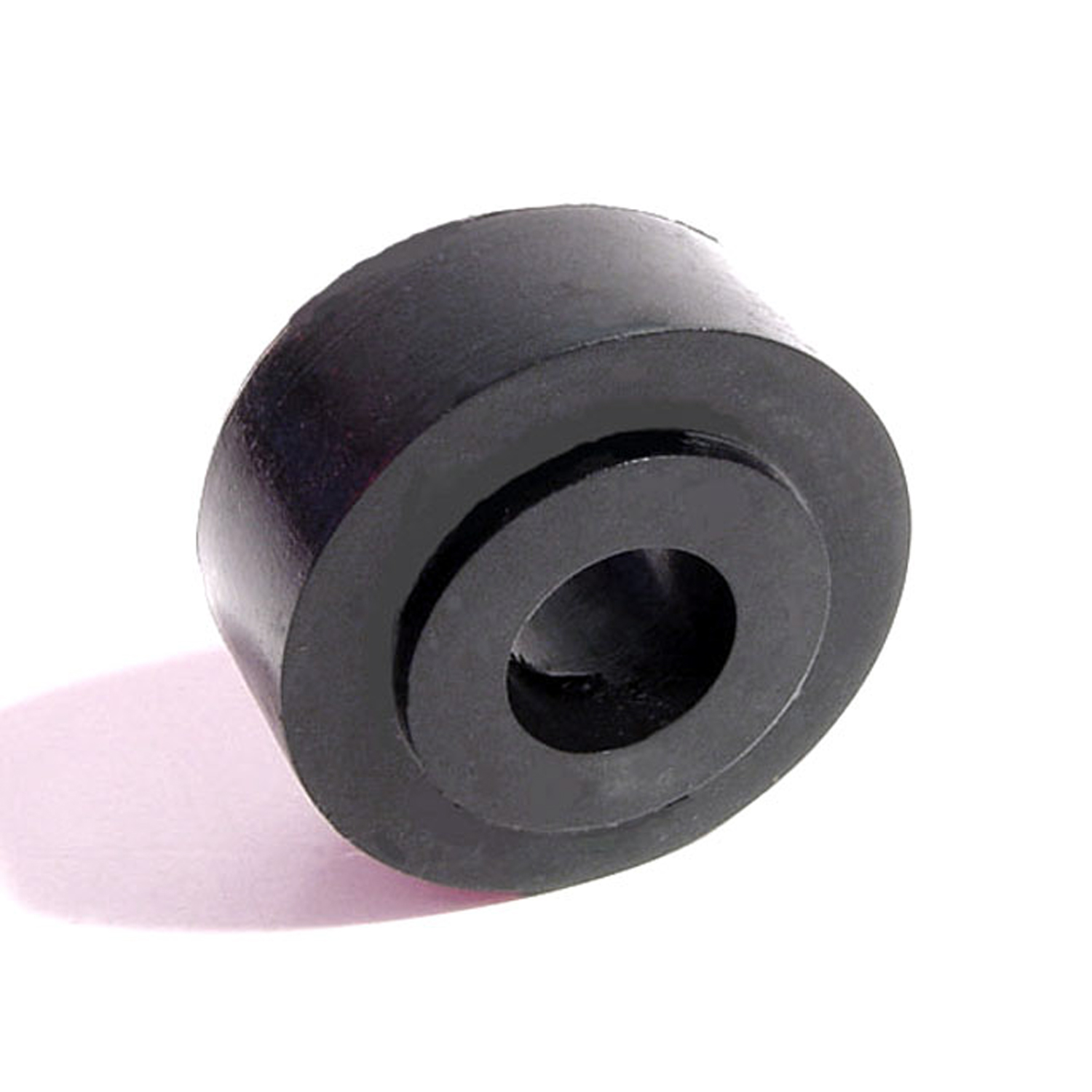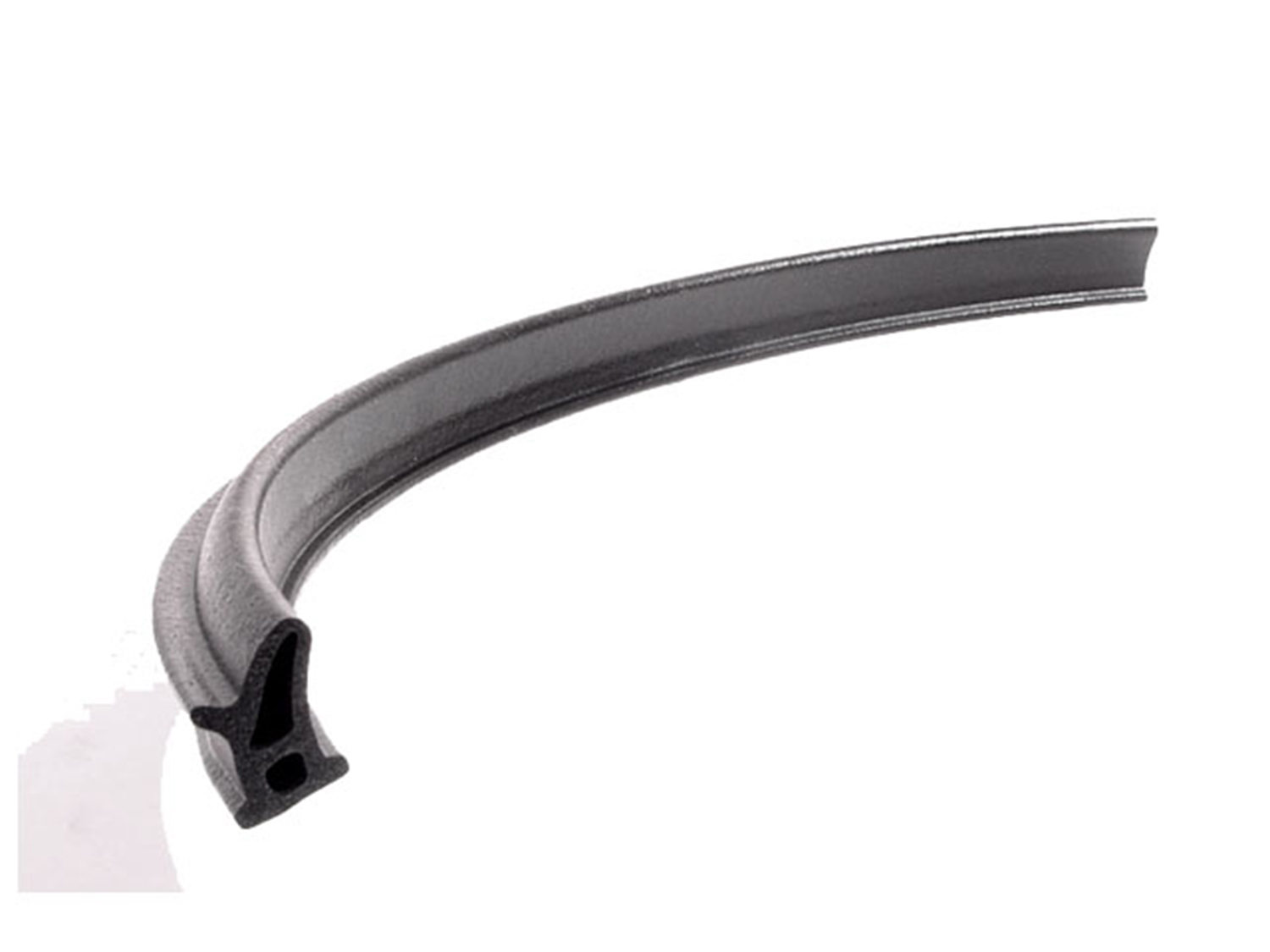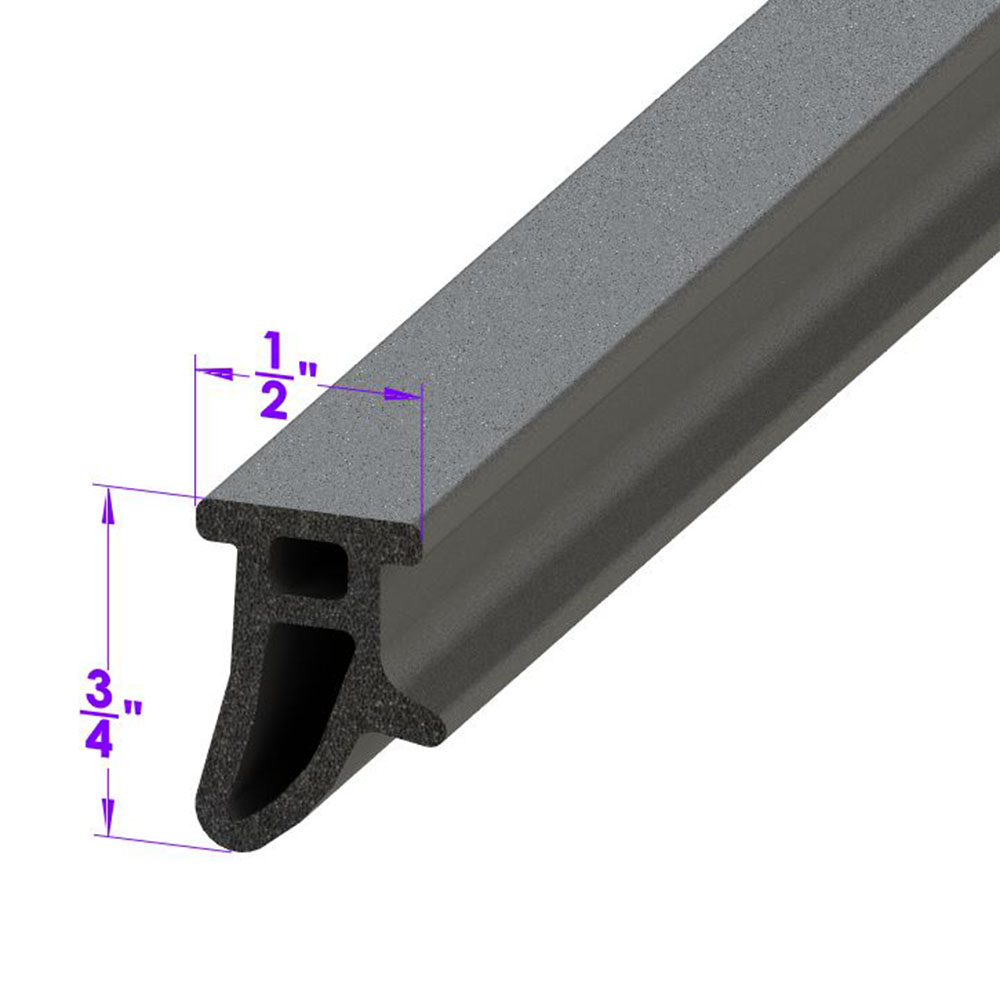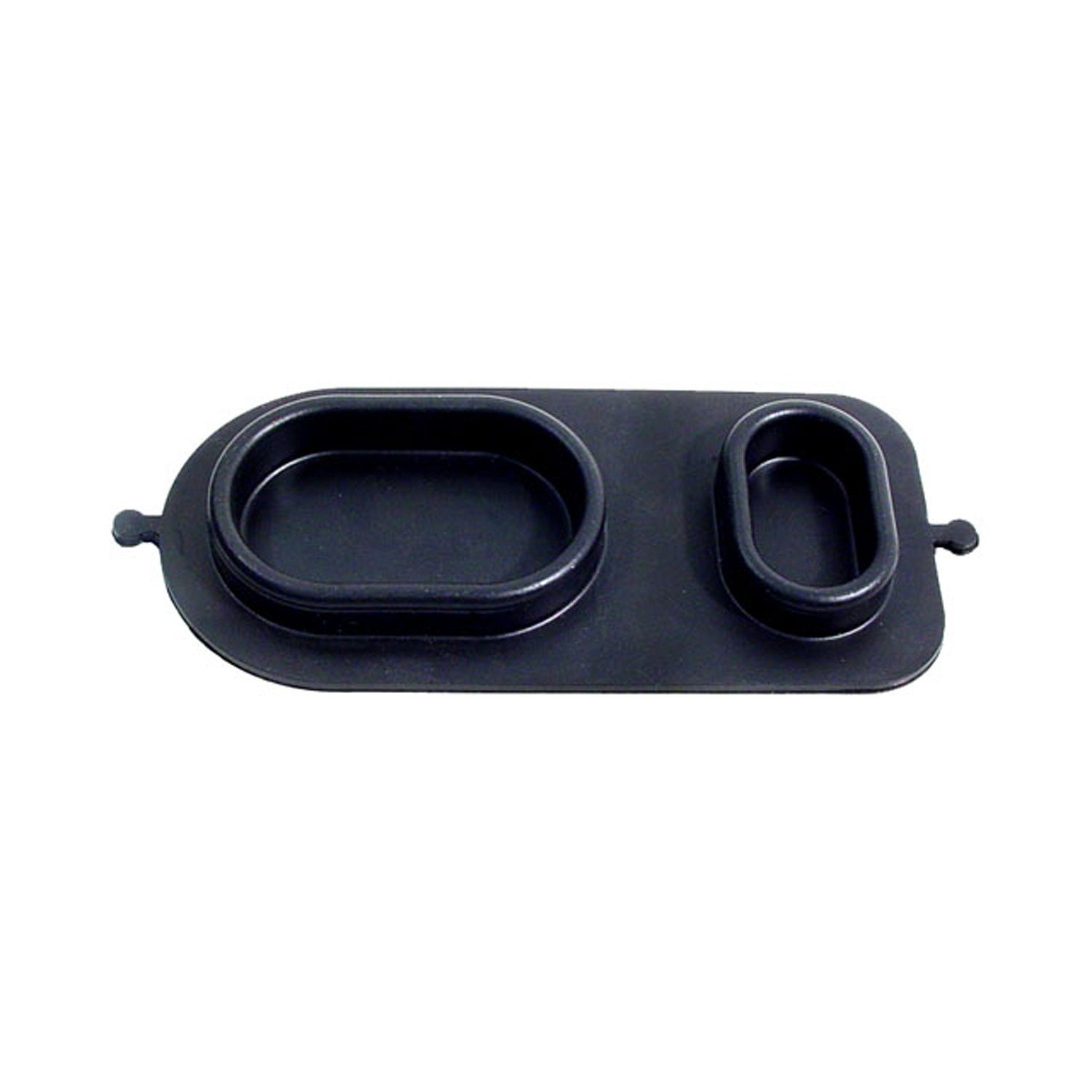Image of 1967 Mercury Villager, Note: These illustrations use artistic license and may differ from actual historical models.
Performance Metrics
Fundamental Metrics
Emotional Appeal
MMP Rating
| Engine Specifications | |
|---|---|
| Engine Options: | 390 cu in (6.4 L) FE V8 |
| Displacement Range: | 390 cu in (6.4 L) |
| Horsepower Range: | 270-320 hp |
| Torque: | 427 lb-ft |
| Compression Ratio: | 10.5:1 |
| Ignition System: | Conventional points ignition system |
| Cooling System: | Liquid-cooled |
| Performance Specifications | |
| 0-60 Time: | Estimated 8-10 seconds |
| 1/4 Mile Time: | Estimated 16-18 seconds |
| Top Speed: | 115-120 mph |
| Transmission and Drive | |
| Drive Type: | Rear-wheel drive |
| Transmission Type: | 3-speed automatic or 4-speed manual |
| Fuel and Efficiency | |
| Fuel System Type: | Carburetor |
| MPG: | Estimated 10-12 mpg |
| Dimensions and Brakes | |
| Brakes: | Front disc and rear drum brakes |
| Wheelbase: | 119 inches |
| Weight: | 3,800 lbs |
Note: Specifications for classic cars are given to the best of our ability, considering the limited and variant data available.
Unveiling the 1967 Mercury Villager: A Nostalgic Journey
When the open road beckons, few vehicles answer the call quite like the 1967 Mercury Villager. This classic wagon emerged from an era when family road trips were as American as apple pie. Crafted by the Mercury division of the Ford Motor Company, the Villager was designed to offer both comfort and utility, a testament to the ingenuity of mid-century automotive design. Notably, this model year stood out as a symbol of suburban Americana, capturing the spirit of exploration and adventure that defined the 1960s.
Design and Innovation
The exterior of the 1967 Mercury Villager exudes a sense of robust elegance with its long, sweeping lines and distinctive chrome trim. Its design was a harmonious blend of form and function, boasting a spacious interior that could comfortably accommodate both passengers and cargo. The quality of materials within was a cut above, with options for vinyl or cloth upholstery that have stood the test of time in well-preserved models. Technologically, it featured advancements such as power steering and brakes, which were considered luxuries at the time.
Color options for the Villager ranged from subdued to vibrant, with hues like "Antique Bronze" and "Lime Frost" catching buyers' eyes. Among these, "Sauterne Gold" and "Caspian Blue" were particularly popular choices. The wagon was available in various body styles, but it was the wood-grained side paneling on some models that became an iconic hallmark of the era's station wagons.
Historical Significance
The 1967 Mercury Villager wasn't just another car on the road; it represented a shift in consumer desires towards vehicles that could do more than just drive—they needed to fit an entire lifestyle. It set itself apart with its blend of luxury features and practicality, influencing future generations of family vehicles. Its lasting influence is evident in how modern SUVs and crossovers are marketed today—as versatile extensions of home.
Performance and Handling
Underneath its hood, the Villager offered robust performance for its class. While exact top speeds varied depending on engine configuration, this wagon could hold its own on highways with confidence. Acceleration was respectable for a vehicle of its size, with some models capable of reaching 0-60 mph in under 15 seconds—a feat for a family-oriented vehicle at that time. Handling was smooth, absorbing bumps with ease while providing drivers with a reassuring sense of control on winding roads. The driving experience was characterized by a satisfying hum from its V8 engine—a sound that still stirs nostalgia among enthusiasts.
Ownership Experience
The 1967 Mercury Villager served many roles: daily driver, vacation hauler, even an occasional show car for enthusiasts. Its maintenance profile was typical for its time—simple enough for home mechanics to handle but requiring regular attention to keep it running smoothly. Reliability was generally good, though parts availability has become more challenging over time.
Fun Facts
This classic wagon has had its share of spotlight moments—from gracing movie scenes to being the choice ride for celebrities back in the day. While not known for breaking speed records, it did set benchmarks for style and versatility within its segment. Criticisms were few but typically revolved around fuel economy—a common trade-off for vehicles in this class.
Collector's Information
Today, a well-maintained 1967 Mercury Villager can fetch a wide range in value—anywhere from $10,000 to upwards of $30,000 or more depending on condition and originality. Production numbers weren't small but finding one in pristine condition is becoming increasingly rare. As interest in vintage wagons grows, prices are showing an upward trend—making now an opportune time for collectors to invest.
Conclusion
The 1967 Mercury Villager is more than just a classic car; it's a piece of American history on wheels. Its blend of style, functionality, and comfort captures an era when cars were as much about expression as they were about transportation. For those lucky enough to own one today, it remains a cherished emblem of 1960s optimism and innovation.
1967 Mercury Villager Catalog of Parts
 1967 Mercury Villager Shock Absorber Grommet. 1-1/4" bottom O.D., 1" high-BN 12Shock Absorber Grommet. 1-1/4" bottom O.D., 1" high., with 3/4" I.D. Each
1967 Mercury Villager Shock Absorber Grommet. 1-1/4" bottom O.D., 1" high-BN 12Shock Absorber Grommet. 1-1/4" bottom O.D., 1" high., with 3/4" I.D. Each 1967 Mercury Villager Door Side Seal extrusion with proper installation clips-C/LP 40-FDoor Side Seal extrusion with proper installation clips. Clips installed 4" on center. Sold by the foot.
1967 Mercury Villager Door Side Seal extrusion with proper installation clips-C/LP 40-FDoor Side Seal extrusion with proper installation clips. Clips installed 4" on center. Sold by the foot. 1967 Mercury Villager Door Side Seal, Without Clips (for seal with clips-LP 40-FDoor Side Seal, Without Clips (for seal with clips, see C/LP 40-F). Sold by the foot
1967 Mercury Villager Door Side Seal, Without Clips (for seal with clips-LP 40-FDoor Side Seal, Without Clips (for seal with clips, see C/LP 40-F). Sold by the foot 1967 Mercury Villager Brake Master Cylinder Cover Seal. Replaces OEM #5470861-RP 2-CBrake Master Cylinder Cover Seal. Replaces OEM #5470861. 5-9/16" long, 2-5/8" wide. Each
1967 Mercury Villager Brake Master Cylinder Cover Seal. Replaces OEM #5470861-RP 2-CBrake Master Cylinder Cover Seal. Replaces OEM #5470861. 5-9/16" long, 2-5/8" wide. Each 1967 Mercury Villager Brake Booster Boot. Each-RP 32-AABrake Booster Boot. Each
1967 Mercury Villager Brake Booster Boot. Each-RP 32-AABrake Booster Boot. Each 1967 Mercury Villager Windshield Reveal Molding Clip. Made of steel. Each-WF 228-AWindshield Reveal Molding Clip. Made of steel. Each
1967 Mercury Villager Windshield Reveal Molding Clip. Made of steel. Each-WF 228-AWindshield Reveal Molding Clip. Made of steel. EachWhy Choose Metro?
For over 100 years, Metro Moulded Parts has been the pinnacle of quality in classic car restoration parts. Our commitment to precision and authenticity in every component ensures a perfect fit and an OEM-level appearance.
- Expert Craftsmanship & Quality: Each part is a testament to our dedication to reliability and perfection, crafted from original designs and thoroughly tested.
- Advanced Technology: We use cutting-edge techniques to create flawless, long-lasting parts that surpass others in performance.
- SuperSoft Sponge – The Ultimate Door Seal: Not only are our door seals 30% softer than competitors', but they're also guaranteed to never leak. They effectively reduce wind and road noise, enhancing your classic car's comfort and driving experience.
- Proudly American: Our parts are a product of American craftsmanship, made in the USA with a spirit of excellence and heritage.
- Unrivaled Warranty: We back our products with a 30-year industry-leading warranty, a testament to our confidence in their quality.
Join us in preserving the legacy of classic cars with parts that are crafted for perfection, not just made.

